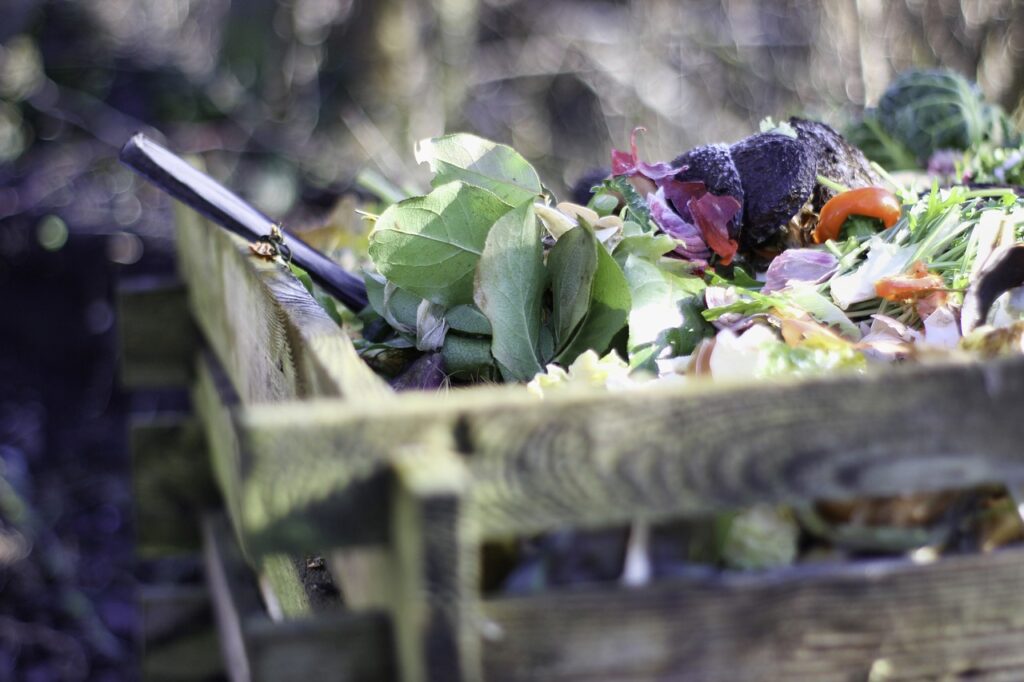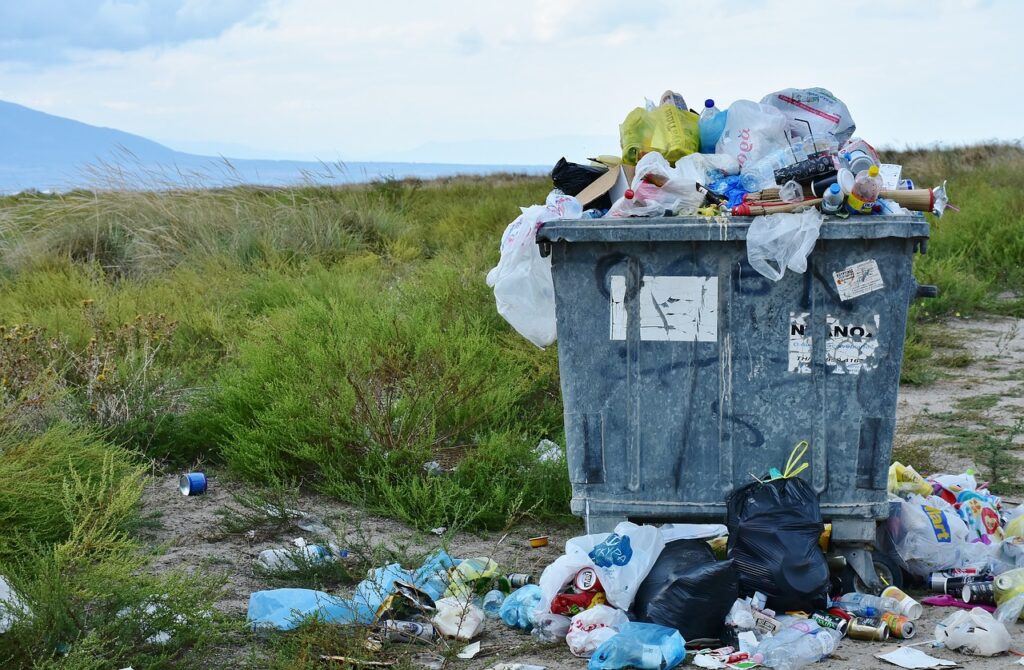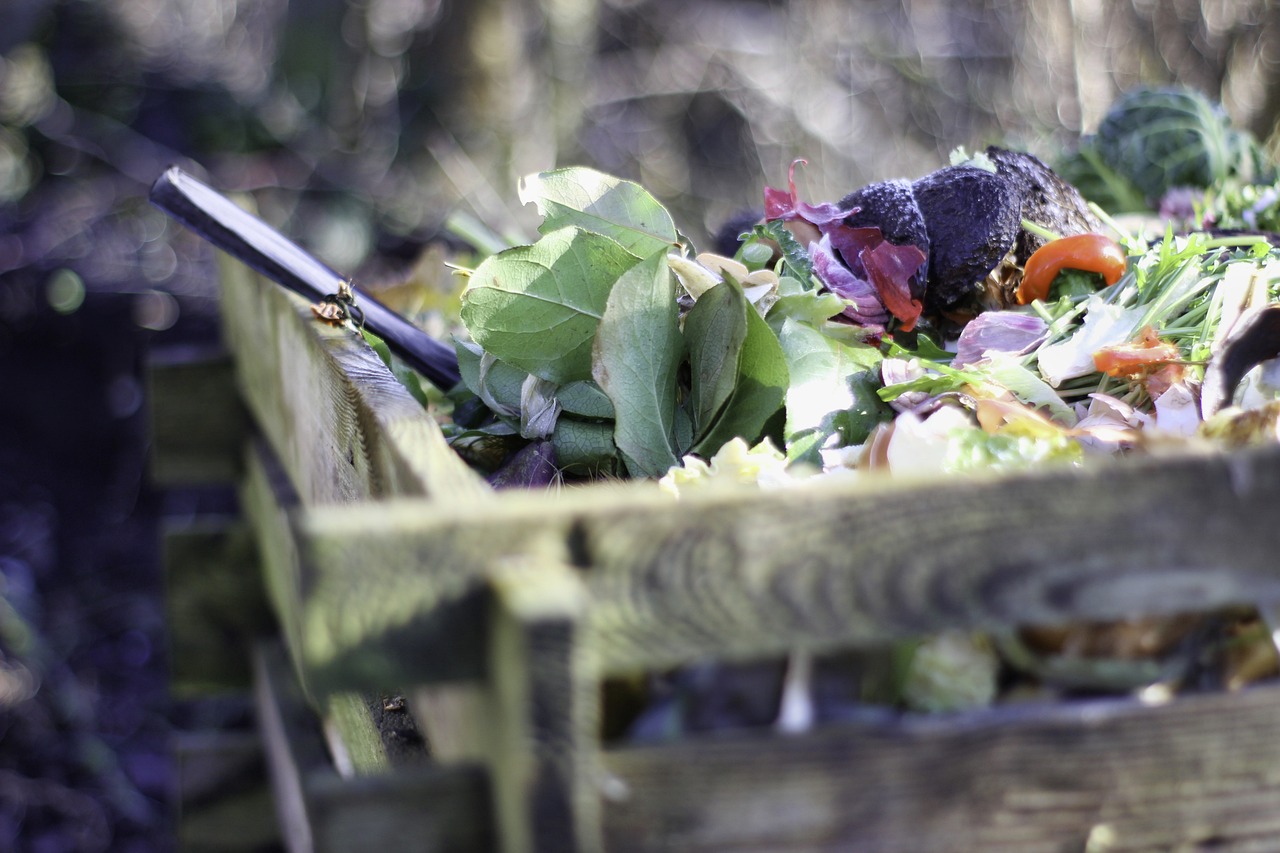In today’s quick read, we explore the use of Poly Lactic Acid as a greener substitute for petroleum derived plastic.


The above two images seem disturbing, but, these are the two primary environmental concerns at the moment. They are the accumulation of agricultural waste and plastic pollution.
What if I say both these problems have a single solution? Agricultural waste to Poly Lactic Acid
Yes, let’s explore the bioconversion of agricultural wastes to bioplastics. This ensures the efficient usage of agricultural wastes (thereby increasing its economic value) and the end product of the bioconversion gives two valuable products namely poly lactic acid (PLA) and ethanol. PLA is a greener alternative to petroleum derived plastics and ethanol as a biofuel can replace the fuels currently in use.
The entire bioconversion happens in four steps and mainly involves the breakdown of fermentable sugars like cellulose to its monomer glucose and fermented to lactic acid and ethanol. The last step involves the polymerisation of lactic acid to give PLA.
The chemical synthesis of PLA at a commercial scale is also possible, but, the biological formation of PLA has more advantages, especially when it comes to bio-compatiblity. So, this has a range of applications in the medical field.
Let’s see who can benefit from PLA as a bioplastic?
A wide range of industries who manufacture products based out of plastic benefit from the use of Poly Lactic Acid. It can readily replace petroleum based plastics without affecting the final product.
They have several advantages and they also have some disadvantages.
Does this sound interesting?
Do you want to know more on how bioplastics can be generated from agricultural wastes?
What organisms does this process involve?
What are the advantages and disadvantages of PLA?
Check out a detailed post in the articles section of my blog.


Thanks for sharing!